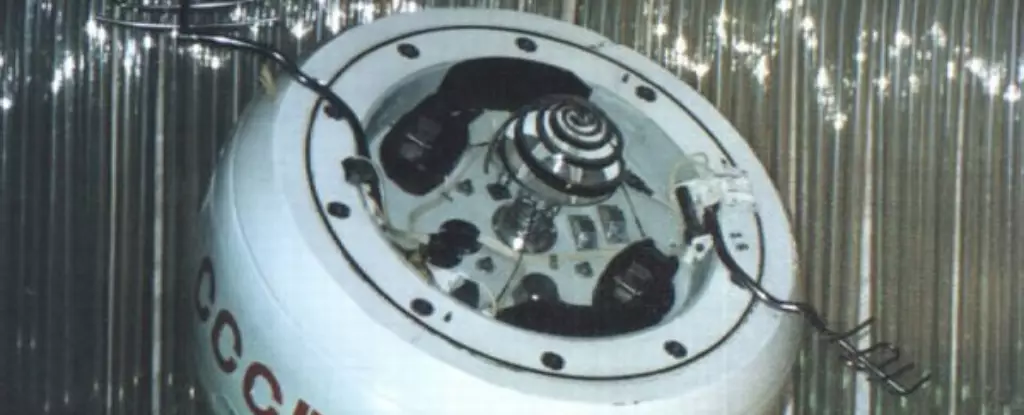Launched amidst the tensions of the Cold War, Kosmos-482 stands as a remarkable artifact of our spacefaring ambitions. This mission, which began its journey on March 31, 1972, from the famous Baikonur Cosmodrome in Kazakhstan, has now been stranded in Earth’s orbit for over five decades. Its intended path toward Venus was thwarted by a timer malfunction in a dramatic illustration of the unpredictable nature of space exploration. Yet, as Kosmos-482 prepares to reenter the Earth’s atmosphere next month, it invites us to reflect on the spirit of exploration that defined its era.
Kosmos-482, part of the Soviet Union’s ambitious Venera program, was emblematic of a time when scientific advancements were entangled with national pride and geopolitical rivalries. With its launch taking place just days before the successful deployment of Venera 8, the mission embodies both the aspirations and the misfortunes that characterized an age of space race challenges. Despite the failure that led to its enduring presence in low Earth orbit, the mission has witnessed technological evolution and the expansion of human endeavors among the stars.
The Technical Story Behind Kosmos-482
The story of Kosmos-482 not only encapsulates a mission but serves as a testament to the complexities of space technology during the Cold War. The primary objective might have been a glide toward Venus, but a timer anomaly caused the mission to become entangled in Earth’s gravitational embrace. The spacecraft split into multiple fragments shortly after launch, and part of its payload reentered the atmosphere just days later, effectively marking the mission as unsuccessful in the eyes of its creators.
It is ironic that this failure, which would typically spell the end of a mission, led to a lasting legacy in the collective memory of space exploration. Now, as Kosmos-482 prepares for its uncontrolled descent, there remains a tantalizing possibility that some of its components may survive the fiery plunge, a prospect that excites space enthusiasts and historians alike. According to satellite observer Marco Langbroek, the lander, designed to withstand the scorching atmosphere of Venus, might defy expectations during reentry, challenging our assumptions about what it means for a satellite to return to Earth.
Space Debris: A Growing Concern
As Kosmos-482 heads towards its fiery conclusion, it serves as a reminder of the growing issue of space debris and the increasingly crowded environment of low Earth orbit. The remnants of this mission highlight the fact that our quest for knowledge comes with responsibilities, including the management of the debris we leave behind. With organizations such as SpaceX launching vast constellations of satellites and other entities like Amazon and OneWeb entering the fray, concerns over the potential hazards of space junk are more pressing than ever.
The 21st century presents unique challenges as more satellites populate orbits designed to be pristine realms of exploration. Kosmos-482’s descent underscores the essential dialogue surrounding sustainable practices in space, urging nations and private enterprises alike to consider the long-term implications of their ventures beyond our planet. The legal and ethical considerations of space debris management, while not fully resolved, must become part of our broader conversation about the future of space exploration.
Witnessing a Piece of History
As we look forward to the projected reentry date around May 10th, the chance to witness Kosmos-482’s descent offers an evocative opportunity to engage with history. Despite its failed mission, the spacecraft’s lengthy existence in orbit has allowed it to become a silent observer of over fifty years of advancement in space technology.
For those interested in catching a glimpse of this historical icon, tracking resources such as Heavens-Above provide up-to-date information on its trajectory. Enthusiasts may find themselves captivated, standing under the night sky watching as the weary spacecraft makes its final bow. As it intersects the terrestrial realm, Kosmos-482’s descent symbolizes both an ending and a confluence of past and present—the echoes of earlier dreams entwined with the relentless pursuit of knowledge that continues to inspire humanity today.
In its final moments, Kosmos-482 stands not as a failure but as a herald of our ceaseless curiosity, serving as a reminder that exploration is a venture fraught with risks, failures, and ultimately, the triumph of human spirit over the vast unknown.

